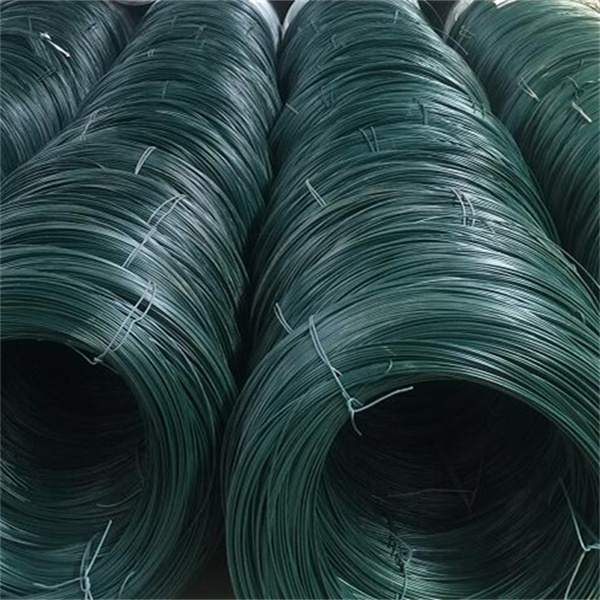دسمبر . 12, 2024 21:04 Back to list
Premium Gabion Design for Thriving Vegetable Gardens and Sustainable Landscaping
High-Quality Gabion Vegetable Garden A Sustainable and Aesthetic Solution
In recent years, the concept of gardening has evolved significantly, breaking traditional boundaries and embracing innovative designs that enhance both functionality and aesthetics. One of the most appealing trends is the use of gabions—wire mesh cages filled with stones or other materials—in vegetable gardening. This method not only provides a high-quality structure for growing vegetables but also promotes sustainability and environmental harmony.
What Are Gabions?
Gabions have their origins in civil engineering, often used for erosion control, retaining walls, and other structures requiring strong, durable support. A gabion consists of a cage or box made of steel wire, which is filled with rocks, stones, or recycled materials. When applied to gardening, gabions provide an excellent framework for planting, offering several advantages over traditional raised beds.
Advantages of a Gabion Vegetable Garden
1. Durability Gabion structures are incredibly sturdy and weather-resistant. Unlike wooden raised beds, which can rot or decay over time, gabions maintain their shape and integrity, making them a long-term gardening solution.
2. Aesthetic Appeal Gabions can be visually striking, adding a modern, rustic touch to your garden. They come in various shapes and sizes, allowing for creative designs that can complement the surrounding landscape while providing functional space for vegetable growth.
3. Drainage and Soil Quality The gaps between the stones in a gabion allow for excellent drainage, preventing waterlogging and promoting healthy root growth. This natural drainage system also means that plants are less likely to suffer from diseases associated with damp soil conditions.
4. Environmental Benefits Using recycled materials for filling gabions can be an environmentally friendly option. This form of gardening promotes sustainability by reducing waste and utilizing local materials. Additionally, gabions provide habitats for beneficial insects and wildlife, further enhancing biodiversity in your garden.
5. Versatile Planting Options Gabion vegetable gardens can accommodate a wide range of vegetables, herbs, and even decorative plants. You can plant climbing vegetables like beans and peas alongside herbs, creating a diverse and productive garden space. The structure can also be designed to include various levels, allowing for vertical gardening techniques that save space and add to the garden's visual interest.
high quality gabion vegetable garden

Setting Up Your Gabion Vegetable Garden
Creating a gabion vegetable garden involves careful planning and execution. Here are some steps to get you started
1. Choose Your Location Select a sunny area with good airflow, as most vegetables thrive in sunlight and benefit from adequate ventilation.
2. Select Your Materials Choose high-quality wire mesh that can withstand the elements and select stones that complement your garden's aesthetic. Recycled materials are a great option for eco-conscious gardeners.
3. Design the Structure Plan your garden layout. Gabions can be stacked to create raised beds at different heights, and the layout should reflect your planting strategy.
4. Fill the Gabions Once the frames are constructed, fill them with stones. Be sure to compact the stones as you fill to ensure stability.
5. Add Soil and Compost Top the stones with a rich layer of soil and compost to create a fertile planting environment for your vegetables.
6. Plant Your Crops Choose vegetables that grow well together and are suited to your climate. Take into consideration their sunlight and watering needs to ensure a successful harvest.
Conclusion
A high-quality gabion vegetable garden combines functionality, durability, and aesthetic appeal, making it an excellent choice for sustainable gardening. By embracing this innovative technique, you can not only produce fresh vegetables but also create a beautiful outdoor space that harmonizes with nature. Whether you’re a seasoned gardener or a novice, gabion gardening offers a creative and practical solution for growing your favorite crops.
-
hesco-gabion-baskets-for-coastal-erosion-prevention
NewsAug.22,2025
-
longevity-and-durability-of-river-rock-gabion-walls
NewsAug.22,2025
-
how-to-integrate-gabion-3d-walls-in-urban-planning
NewsAug.22,2025
-
reno-mattress-gabion-applications-in-civil-engineering
NewsAug.22,2025
-
how-to-install-wire-mesh-for-gabion-baskets-properly
NewsAug.22,2025
-
best-materials-for-filling-a-chain-link-gabion
NewsAug.22,2025
-
Wire Mesh Thickness Impact on Gabion Wall Load Bearing
NewsAug.12,2025






